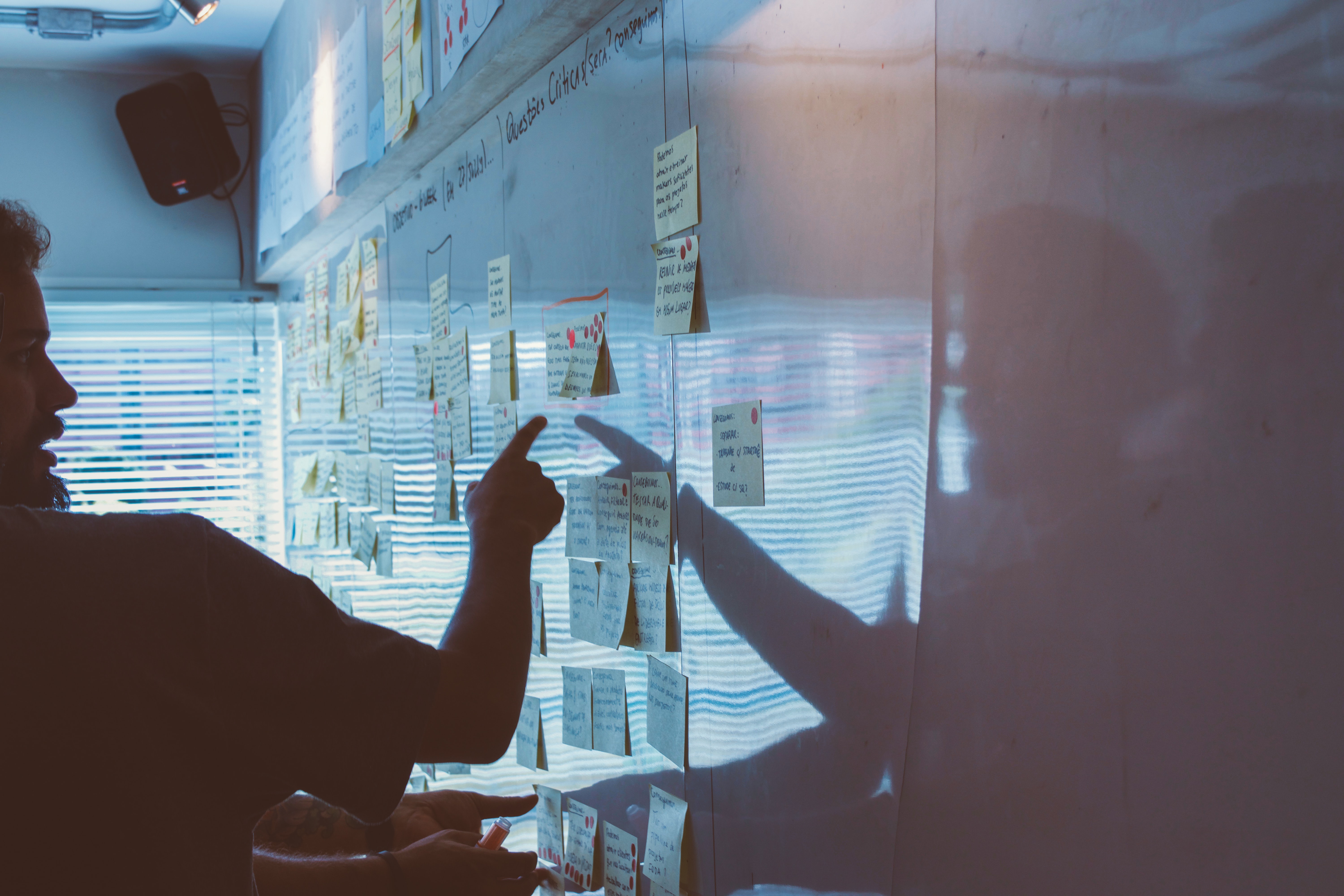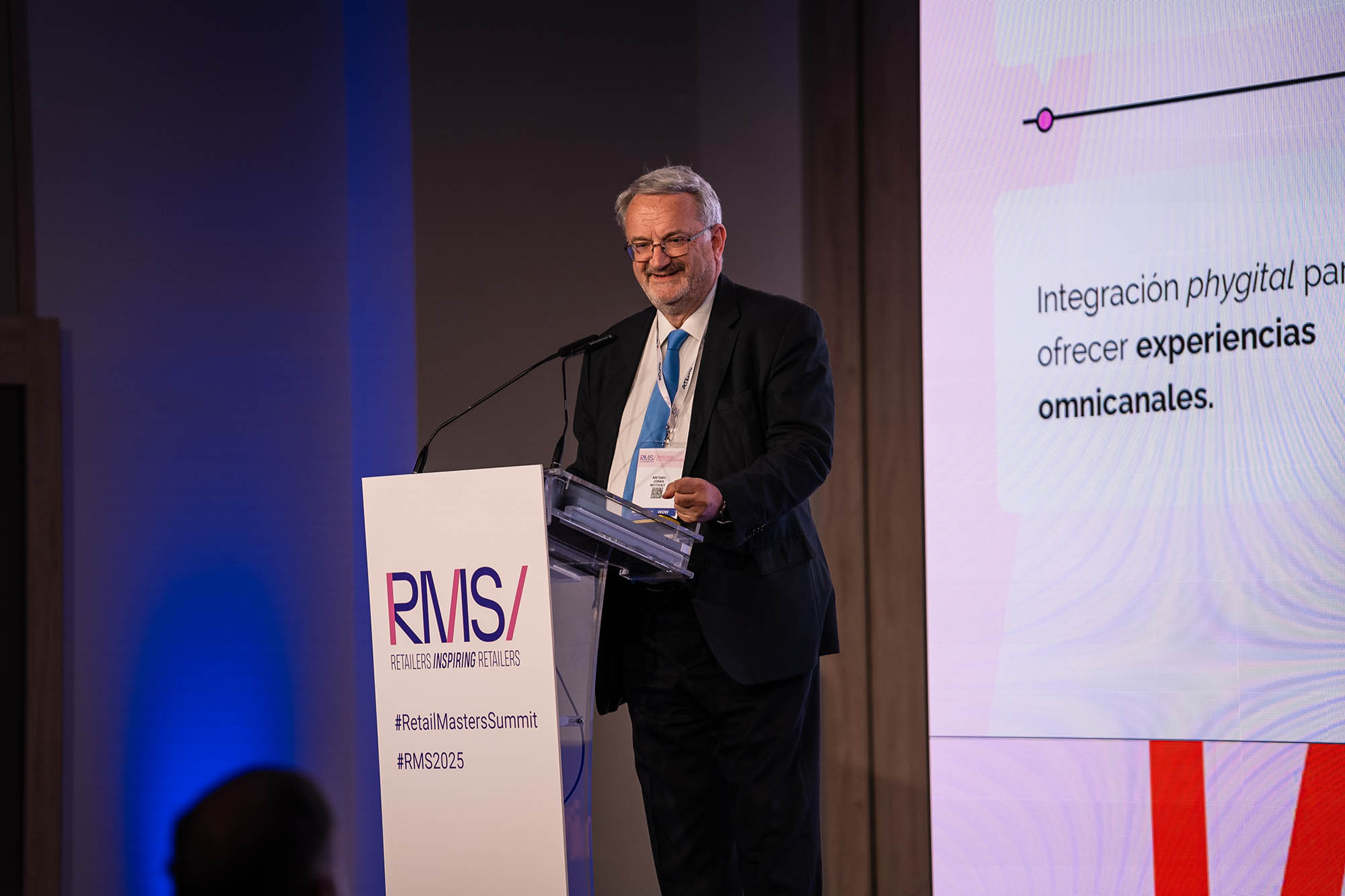3 responses for 3 common Employee Engagement challenges
A challenge we come across when designing our engagement solutions, is how often teams focussed on Employee Engagement, People, HR or Talent struggle to pinpoint the exact change they want to make. They’ve run the surveys, got the results, can see there’s room for improvement, but don’t know where or how to begin. This is understandable – the problem can feel intangible, especially as engagement survey responses are mostly fuelled by emotions. Improving the emotional wellbeing, connection, commitment, motivation, and ultimately performance across a business doesn’t happen overnight. You can, however, make meaningful, sustainable change that looks and feels innovative for everyone involved without diverging from company objectives, but that crucially addresses what your employees are telling you.
To help demystify these solutions and show that it can be easily achieved, we thought we’d break down 3 common Engagement Survey trends and their responses.
Social Management & Preventing Detachment
As we find ourselves working more from home, or on the move, it can be very difficult to feel “part” of something. Our sense of belonging and purpose can become diluted. Providing ways for employees to communicate and socialise with each other is essential, something we have spoken about a number of times.
What is the benefit in addressing this? The feeling of isolation that can often result from working remotely can be damaging not just for your sense of belonging within a team, but also for your mental health. From a business perspective, having people not in the same building or room can reduce the opportunities for fast interactions and iterations of ideas, serendipitous conversations in the kitchen and those water cooler moments. They may feel like minor aspects of business-as-usual, but all of these moments can often lead to creative sparks being ignited.
Employers who enforce a high level of social connection (with co-workers and the wider external community, perhaps through nudges etc) benefit from a 64% high engagement rate of employees.
Idea Management & Employee Voice
It is not uncommon for employees to feel voiceless, especially in large organisations, in the face of change, or when their roles focus on day to day operations rather than strategic objectives. This can be incredibly demotivating and if left unaddressed can drive a wedge between employee groups and the organisation. Employees who don’t believe their company will act on their feedback are 7x more likely to be disengaged than those who do. It gets even worse when employees are asked for their opinion, but nothing ever happens with the ideas they provide. Not only does this make them feel they can’t be heard, but that when they are – what they say has little to no value. Having the “What’s the point?” effect.
What is the benefit in addressing this? Companies often preach that their employees are their most important asset. Sometimes they don’t realise just how true this is. Employees are the face of a brand, they manage customer problems, and live and breathe the products or services all day every day. They are often in a good position to resolve common issues or ideate improvements. Encourage knowledge sharing, and inclusivity across ongoing projects. By supporting employees to be collaborators and facilitators, you may well find you’ve created teams of innovators.
Places where “employees have influence” get longer tenures out of their workers. After three years, there’s a 47% chance of an employee sticking with them. At companies seen as less empowering, employees only have a 35% chance of celebrating their three-year work anniversary.
Recognition Management & Boosting Commitment
Another big issue that employees often talk about is not feeling recognised for the contributions they make to the company and for each other. 82% of employees are happier when they’re recognised at work. Especially meaningful at times where people are maybe going above and beyond the call of duty in order to get a project done on time, or even just when you can see a colleague is having a full-on week. This does not just mean offering financial recognition, like a bonus or vouchers. Extrinsic rewards can sometimes have the opposite effect; your work on this project after hours is worth £25 to spend on Amazon. Doesn’t feel great does it?
What is the benefit in addressing this? Feeling recognised fosters a sense of community, that the people around you appreciate you for your skills, your aptitude, and all you do. Celebrating wins, boosting visibility of people’s contributions, providing spaces for people to share and receive praise can go a long way to improving community spirit and how fulfilled people feel in their role. Employees who are confident that their company recognises their individual contribution are more likely to keep contributing and going the extra mile.
When asked what would motivate them to remain with their current employer, respondents cited interesting work (74 percent) and recognition and rewards (69 percent) as the top factors.
Addressing the Problem
Having identified three core areas to work on (employee responses & needs) we can start to design the solutions to improve the employee experience, thus moving the dial on overall employee engagement. Myth buster time: these solutions don’t have to be complex, distracting platforms that sit apart from everyday work! We believe in simply enhancing common processes and approaches to deliver better results. So, let’s give it a go!
- Connection: Platforms that mimic social networks can feel familiar and encourage more informal conversations. But presenting another channel for communicating isn’t always as helpful as it may initially seem. When you’re working on your own, away from the office, seeing you have 77 notifications across 8 different work-based applications can cause more chaos than connection as you stress over which conversation to answer first or what channel has genuine work-related information.
Instead offer a solution that could mimic the workplace while running in the background; where you know which break out zone to head to when you’re in need of some friendly, non-work related chat, or alternatively pop into the ideation area when you’ve hit the wall and you want to bounce some ideas off people. A tutorial that could run for the first few weeks could also help guide people on how to get the most out of the new tool (and avoid awkward misuse or over-sharing moments), and even help identify and source internal champions to help engage and encourage others appropriately. - Voice: Speaking of ideas, an effective way to provide all employees with a voice is to implement digital ideation systems, a place where employees can submit ideas they feel will benefit the organisation. The system needs to be available to everyone so that they can submit an idea. Other employees would then be able to see these ideas, comment on them and vote on them. The voting is important to help surface the best ideas. Voting could be in rounds, with gated progress, so that ideas need to pass certain checkpoints to be seen by wider or more senior audiences. Ideas that are chosen to be developed can them be collaboratively worked on and developed further by teams within the system. A system like this can be open all year around for general ideas but could also be used to help solve specific problems set out by the company. This kind of crowd sourced solution development can be incredibly effective and make everyone feel they have a chance to be heard.
- Recognition: And finally, providing a space within the solution to manage and showcase recognition would round off our three key issues. It would need to include more than top down recognition, although providing prompts like “Who’s really impressed you this week?” could help facilitate better relations between teams and managers. But it’s also about enabling peer to peer, informal, and cross departmental or regional recognition. Having this integrated alongside the social and ideation threads would only do more to bring communities together, knowing you can say ‘thank you’ or ‘great work’ from afar.
Employees could recognise each other for jobs well done, pitching in when they didn’t need to, displaying company values, and each could be assigned individual gestures or commendations depending on the message being sent. Virtual applause for job well done that could be used more frequently, a high five for great teamwork, specific badges for excellent customer service or innovation, etc. These awards could be displayed on the individual’s profile, as references or reminders of their performance, and subtle encouragement to work towards attaining more. The profiles could even be used as a references within appraisals or internal reviews, adding more meaning to everyday work and wins.








